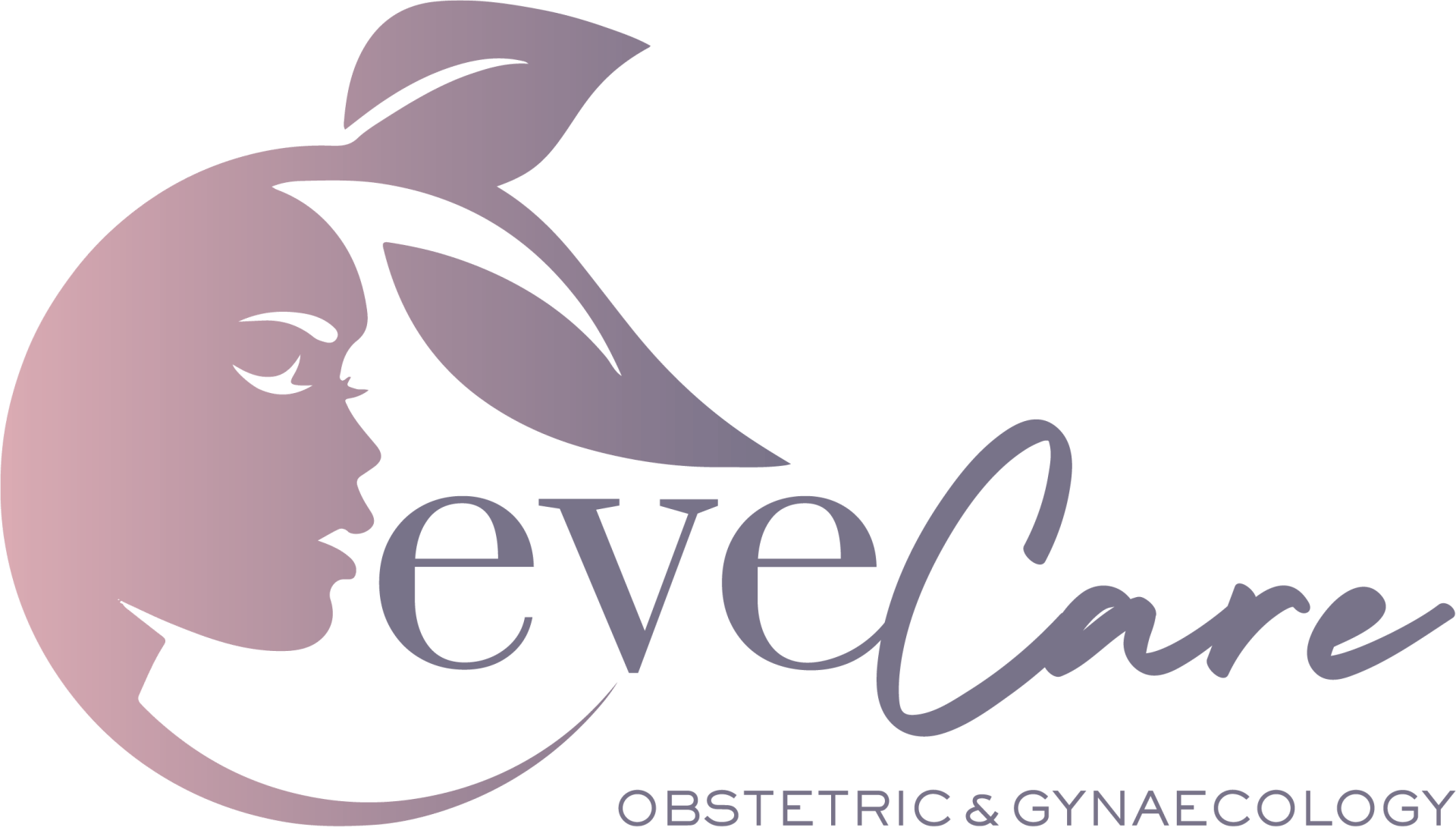Caesarean Birth
Almost a third of babies in Western Australia are born by caesarean section. There are a number of reasons for this increase in the caesarean section rate in the population but it is difficult to know exactly why.
We know that there is a higher chance of a caesarean section in women with diabetes, older women, women that are overweight and in pregnancies where there are complications. Sometimes it is necessary to do a caesarean section on a woman with no previous risk factors. Unfortunately, there are also unhelpful and overly simplistic reasons given for this increase and solutions proposed that are either not practical or dangerous. Childbirth is now safer than ever despite a significant increase in high-risk pregnancies and part of the reason for this is the access to safe and timely caesarean sections if and when needed.
At Eve Care we respect a woman’s choice of birth. If she wants a vaginal delivery we will do our best to make that happen for her. If she makes an informed decision to have an elective caesarean section we respect that choice too. We are very aware that it is our responsibility to have a healthy mother and baby at the end of the birth and we will never compromise on that.
We undertake to keep a woman and her partner informed of how her pregnancy and her labour is progressing and to share any concerns we have as soon as it arises. If a caesarean section has to be done we will ensure that you understand why it is needed.
Types of caesarean section:
Elective Caesarean Section
It is done at a time that suits the women and the doctor. This is usually planned for instance a woman who has a breech baby and is not in labour.
Non-Elective Caesarean Section
It is not planned in advance. It can be very urgent i.e where it has to be done immediately (a code blue) but it is not always urgent, sometimes we can wait for several hours for instance where a woman who is a booked caesarean section ruptures her membranes but are not in labour.
Lower segment caesarean section
That is where the cut on the uterus is in a part of the uterus that is just above the bladder. (it does not matter where the skin incision is made)
Classical caesarean section- The lower segment only forms in later pregnancy and if it is not present, we cannot do a lower segment caesarean section, so we have to make the cut in the upper segment. (It does not matter where the skin incision is made.)
The Procedure:
Anaesthesia
Most caesarean sections are done under a spinal or epidural block which means the mother is awake and can see the baby as soon as it is born. In about 1% of cases, a woman has to be put to sleep (a general anaesthetic) so we ask all women who get elective caesarean sections to fast for 6 hours for solids and 2 hours for clear fluids before the procedure.
Surgery
A catheter will be inserted into your bladder and removed the next day. It is usually done after the spinal or epidural was inserted. Your abdomen will be washed with an alcohol solution and a sterile drape placed over it. The baby usually appears a couple of minutes later and we will lower the drapes so you and your partner can witness the birth. Your obstetrician will be holding the baby and the cord will be clamped by the assistant and the baby passed on to the paediatrician who will check and wrap the baby and bring it over for a cuddle before the end of the procedure. The caesarean section itself takes around 20 minutes. We usually insert staples or sutures that will dissolve and does not need to be removed. You won’t feel pain, but if you’ve had an epidural, you will probably feel pressure and pulling throughout the procedure. You should be able to talk to your partner and your doctor during the procedure. Your partner is allowed to sit at your side during your operation, he has to wear enclosed shoes and will be given a hospital gown to put over his clothes.
Breastfeeding
If you had a Caesarean due to a complicated pregnancy or delivery, or if you or your newborn are ill, it may take longer to begin nursing, But if you and baby are both feeling well we will help you to feed him/her as soon as possible, usually in the theatre. There will be a midwife with you throughout the procedure.
Pain control
Is usually with oral medication, some are given regularly and some as required. We recommend that you stay on top of the pain especially for the first couple of day so that you have no pain if you are not moving and bearable pain when you do move. Most women will be off all painkillers by day 10 but it can take several weeks to be completely pain-free.
Eating and drinking
You can eat if you are hungry and drink if you are thirsty without restrictions.
Walking
We encourage women to mobilise as soon as the strength has returned to their legs. It is important that you call a midwife before you get up the first time.
You can also ease your recovery by continuing to be gently active and remembering not to lift anything heavier than your newborn. You can drive as soon as you are off strong painkillers and can push down on the brake without significant pain.
Emotional Support
It is not uncommon for some women who deliver via caesarean section, especially when non-elective, to feel disappointed or even guilty about the procedure. Discussing it with us, especially if there are aspects of the management that was not explained to you or that you do not understand, will help to alleviate those feelings.

